

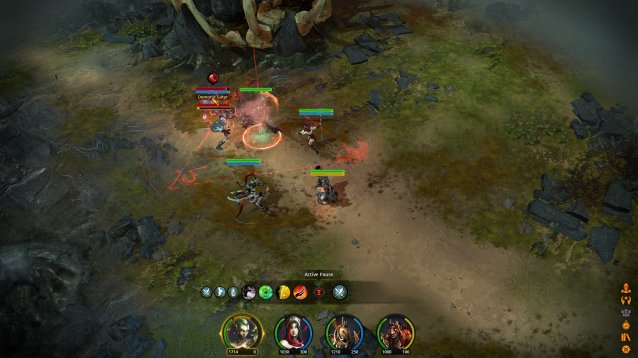
Cyanide Studios, the team behind the Game of Thrones role-playing game, is set to release a new RPG this September. Titled Aarklash: Legacy, it's an adventure strategy game featuring tactical combat in a corrupted world. Cyanide was kind enough to send a preview build containing the first two to three hours of the game, and I set out to discover if it's a worthwhile challenge.
Aarklash: Legacy is set in an established fantasy universe from the board game Confrontation. In order to pay for their costly war against the Dark Lords of Acheron, the Barons of Alahan bind themselves in contract to the Goldmongers guild. But when the nobles become incapable of paying their debts, the guild sends its armed collectors, the Wheel Swords, to take by force what is owed.
The player begins the game controlling a small squad of four Wheel Swords sent to do just that. Unfortunately for them and their patrons, the Barons view their actions as theft and kidnapping. Soldiers are tasked with violently disbanding the guild, leaving your characters on the run for sanctuary.
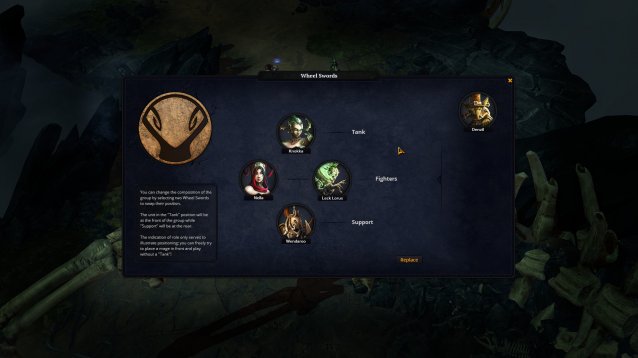
It doesn't take long for its setup to hit the ground running with its active pause battle system. Anyone who has played Baldur's Gate or Dragon Age should find it immediately familiar. The isometric camera allows for an easy view of the action. Combat occurs in real time, but can be paused at will to adjust tactics and queue orders.
But Aaarklash: Legacy is a bit more approachable due to intelligent streamlining of its mechanics and tight synergy between party members. Each character specializes in their role of tank, support and damage, or healer, reinforced by having access to only four abilities. If that sounds limiting, it's absolutely not. Their skills are powerful, but cooldowns, costs and the way they function and evolve give rise to a robust combat system.
Knokka, an amalgamation of flesh and metal, is the group's tank. She has a taunt to pull aggro, a self-heal, a limited buff to reduce damage and a devastating magical strike. But while she's capable of standing amidst many foes, her offensive abilities have a certain risk involved. They cost her own health to cast. It's best to keep Wendaroo nearby for her capable healing magic, but her abilities too have unique considerations. Her weapon has to be thrown at an ally to heal them, which enemies can initially intercept. Additionally, Wendaroo's mana pool does not regenerate, requiring her to steal health from allies to convert into MP.
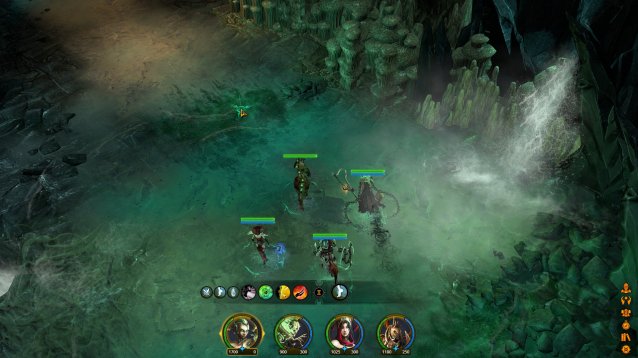
Other party members act in similarly interesting ways, such as causing a large explosion if an enemy is killed within ten seconds or having certain disadvantages to be aware of, but Knokka's and Wendaroo's dynamics easily highlight how important positioning, timing and balancing resources are to success. Your tactics are also influenced by how you upgrade those abilities upon leveling. Each can progress down one of two very different paths. For example, one branch allows Wendaroo's throwing star to pass through allies to heal them in a line while the other alters it to a more offensive capacity. Best of all, skill points can be redistributed at any time without cost, granting the freedom to experiment and keep encounters fresh with evolving sets of skills.
Loot is often dropped from enemies and found in treasure chests which can further enhance your party's performance. These come in the form of accessories - earrings, rings, relics and amulets - with no armor or weapons to be found. Those pieces of jewelry still greatly influence attributes and it can be a battle in of itself deciding who should get what.
Knowing your enemy is just as crucial to victory. Clicking an enemy's portrait reveals all of its capabilities. Moving your mouse over their bodies will highlight who they're targeting as well as the range of their area-of-effect attacks. Battles are constantly in motion, however, even with that information. You have to respond quickly to their generally short incantations, reposition your characters to avoid fatal blows, and counter their potent buffs.
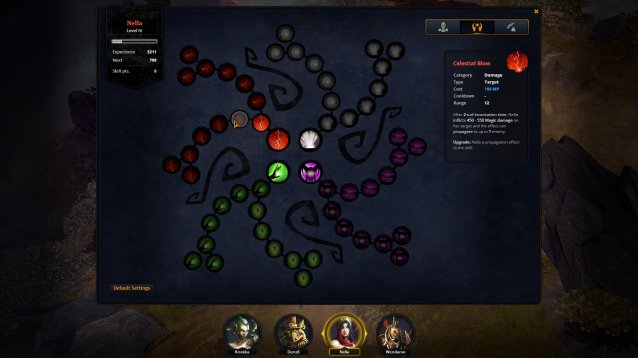
Despite its streamlining, Aarklash: Legacy is rewardingly challenging. Even on its lowest of four difficulties, a loading screen is one mistake away. Enemies hit hard and it's not uncommon to be surrounded or surprised by reinforcements. But when you pull through a hard-fought battle by using your abilities at the right moments, perhaps swapping out Frinz for Denzil for a more ideal party composition in a particular boss fight, and keeping watch on where everyone needs to be, it's not hard to feel a strong sense of accomplishment.
The game's presentation is pleasing, too. The interface is left to a delightful minimum. The characters are well voiced and defined, though the preview build didn't delve far into their stories. Spell effects look impactful. The environments feature sharp textures with a colorful, painted styling not dissimiliar from Diablo 3.
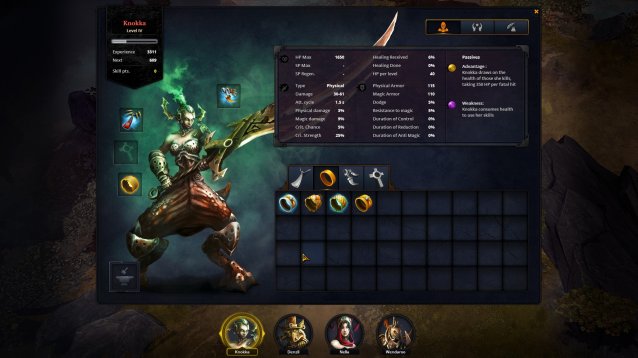
Unfortunately, there wasn't much to discover in those environments. The game could eventually open up, but those first few hours consist of moving through linear, barren levels. There's little of interest to see or find. Chests are hidden throughout, but their positions are rarely unapparent as you can spot their shapes on the map. If it wasn't already obvious by this article, the developers seem to have put a larger focus on its combat. Aarklash: Legacy just didn't do enough during my short time with it to get me to care about its world. Unless the full game takes its characters and settings to a more interesting place, that emptiness could be a deal breaker for some.
Aarklash: Legacy does a lot right as a strategic RPG. It's rewarding to win each encounter, as if you've just solved a difficult puzzle, and offers a good amount of freedom to explore your characters' growth without needlessly complex mechanics bogging down the experience. But its world wasn't nearly as engaging during the few hours I was able to spend in it. Regardless, those hours were enough to leave me interested in the full game, and curious if Cyanide Studios will match its well-crafted gameplay with a well-crafted story.

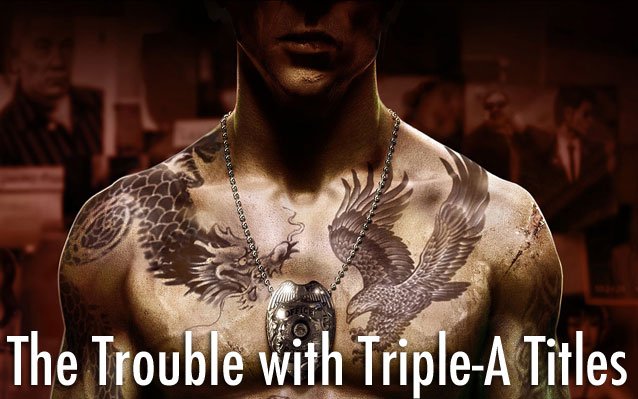
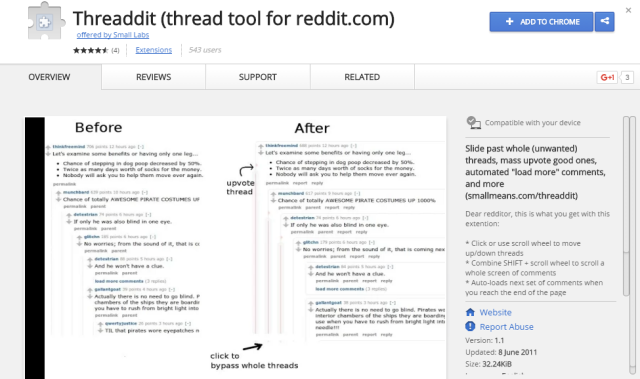
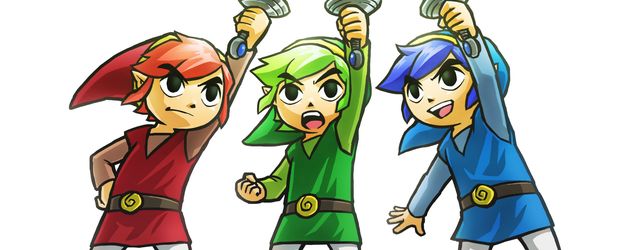
 Fallout 4: How to Steal Without Getting Caught
Fallout 4: How to Steal Without Getting Caught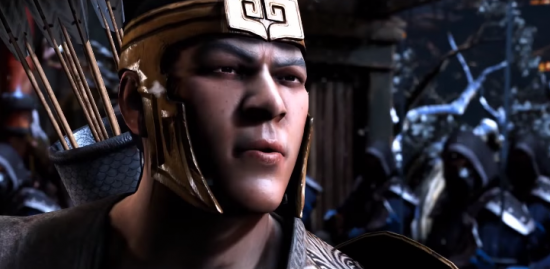 Mortal Kombat X Guide: How to Play Kung Jin
Mortal Kombat X Guide: How to Play Kung Jin 8 Amazing Things You Can Do With an iPhone
8 Amazing Things You Can Do With an iPhone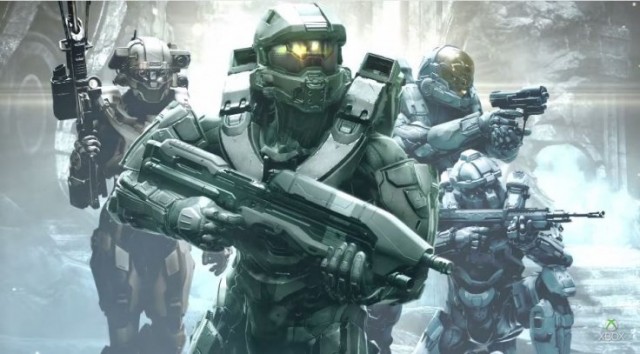 Mission 1 - Osiris: Halo 5 Guardians Guide
Mission 1 - Osiris: Halo 5 Guardians Guide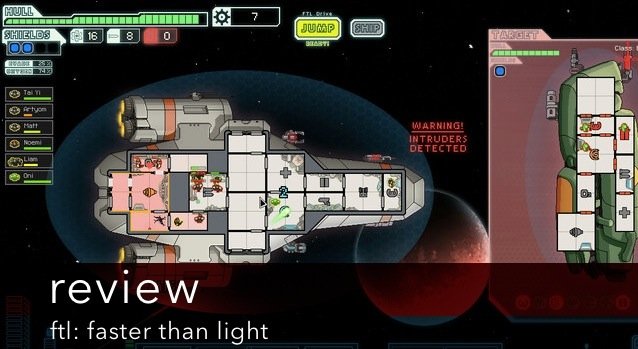 Review: FTL Faster Than Light
Review: FTL Faster Than Light